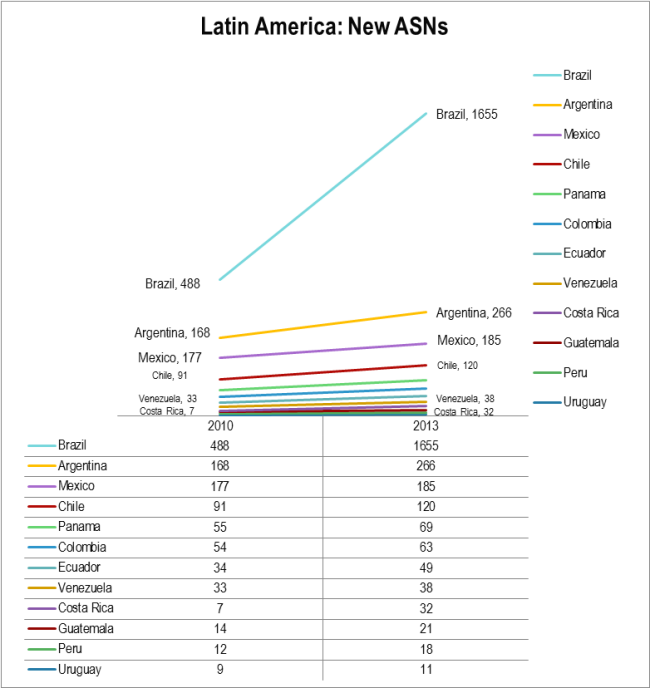
4G success factors: What’s driving results in APAC?
In our first analysis on 4G take-up in Europe, we found common success factors relating to how operators had rolled out their networks. In our latest analysis, looking at 30 countries in the APAC region, we identify what market characteristics drive or inhibit 4G adoption, and which countries are likely to grow fast now and why.

